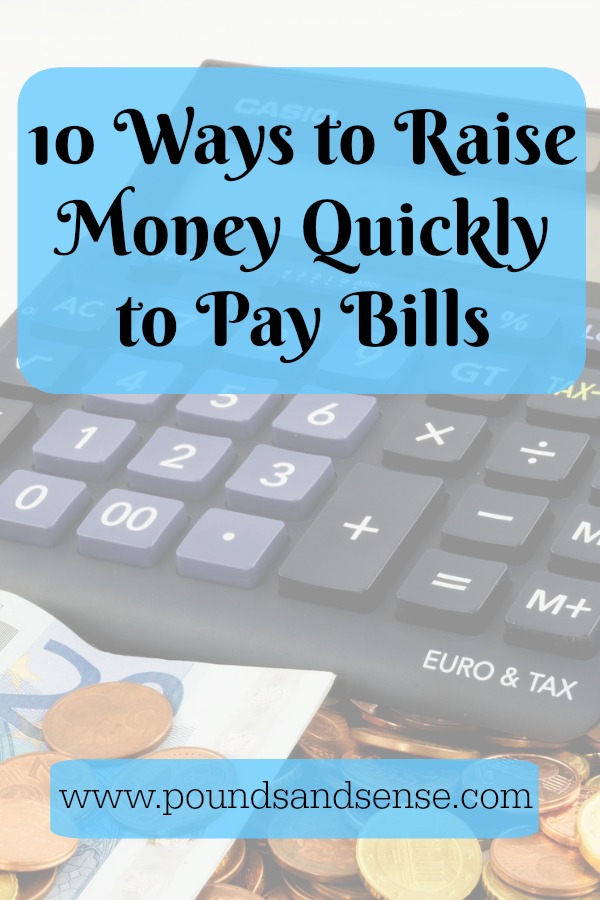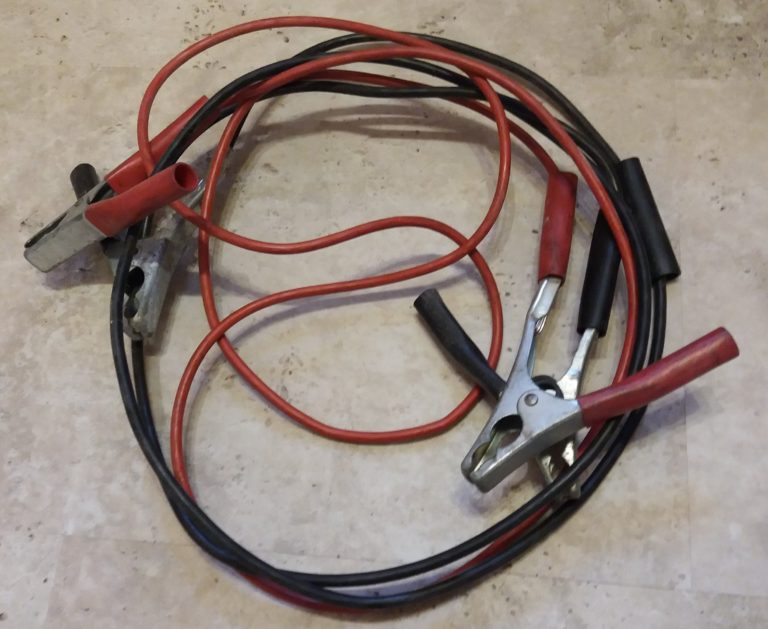Saving and Making Money with Your Kitchen
Your kitchen is perhaps the most important room in your home. It’s where you spend time with your family, catching up on the day and cooking meals. However, it’s also important in terms of finance – you can end up spending a lot on your kitchen, and you don’t always need to. Here’s how you can save and make money on your kitchen.
Table of Contents
Save Money
Renovate
If you’d like to have a new kitchen but you just don’t have the finances, you can save a lot of money by renovating it yourself. You can do it in stages too which will help you to spread the cost. Even if you can’t afford to change the whole kitchen, you can upgrade certain aspects on a budget, simply by being thrifty. Start with your units – paint costs less than £20 and can make an enormous difference – and once you have painted you can swap the handles for something different by heading to eBay or your local DIY store. Next, take a look at your worktops – granite is on trend and is currently quite affordable. There’s a lot that you can do to your kitchen without fully renovating it, and you may be surprised at the difference that it can make.
Buy Used/Ex-Display
Sometimes, only a new kitchen will do. It may be that yours is beyond saving, or that you have simply grown out of it. If that is the case, you don’t have to go all out on a brand spanking new kitchen from a showroom. Instead, you should look at used kitchens. Buying a used kitchen means that you can get a great (often designer) kitchen for a fraction of the price. However, avoid your local selling pages and go straight to a trusted re-seller such as Used Kitchen Exchange. Before you buy a kitchen, you’ll need to know information such as the measurements and what is included in the sale – you can get all of this information from the Used Kitchen Exchange website. The company has a wide range of kitchens in stock for every taste and size – from wooden kitchens to sleek, contemporary European kitchens.

Make Money
Sell Your Kitchen
If your kitchen is still in good condition and you’re just ready for a change, you can put some money towards the cost of your new kitchen by selling your current one. You can approach a recommended re-seller such as Used Kitchen Exchange, who will manage every step of the sales process for you – from photographing and listing your kitchen to finding a buyer. You can relax and wait for the money to come through.
Sell Your Appliances
Perhaps you have a coffee maker that you never use, or a spiraliser from the health kick you promised you’d go on but you never did. Whilst these appliances are collecting dust in your cupboard, they could be making you money! Sell them on eBay or Gumtree and put the cash towards your new kitchen.
Thank you to the team behind Used Kitchen Exchange for an interesting guest post (for which I am receiving a fee). The cover image and the article itself both show kitchens from Used Kitchen Exchange, by the way.
I had never come across the concept of buying and selling used kitchens before. I’ve had basically the same kitchen furniture and appliances since moving into this house 20 years ago, however, so it’s definitely something I shall consider now!
If you have any comments or questions about this post, as always, please do leave them below.











